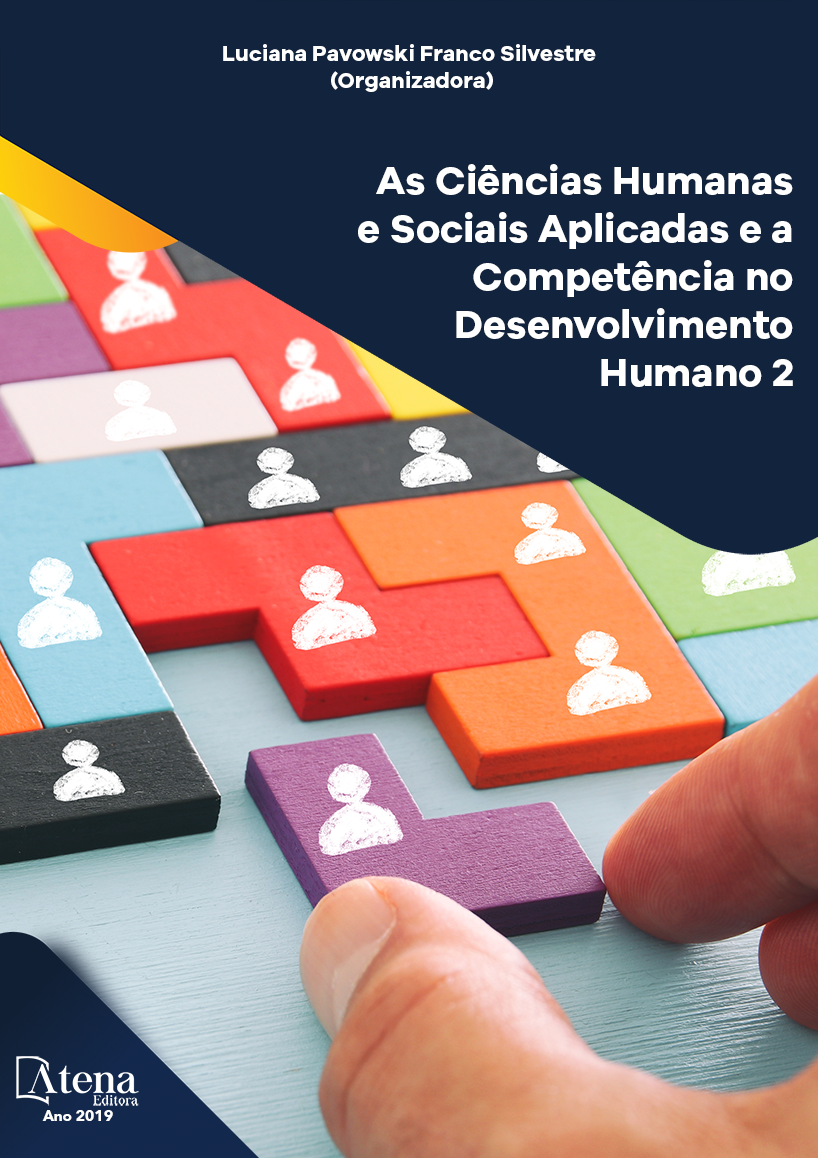
A TRANSFORMAÇÃO DAS TECNOLOGIAS MÉDICAS E A ORGANIZAÇÃO DA MEDICINA COMO CIÊNCIA
Nas primeiras linhas do prefácio
de sua obra O nascimento da clínica, Foucault
afirma que “este livro trata do espaço, da
linguagem e da morte; trata do olhar”. O artigo
discorre sobre o tema do aparecimento da morte
como instância originária da finitude moderna,
mas finitude histórica. No âmbito da medicina
anátomoclínica a morte é capturada pela grade
da linguagem e do olhar. Estas duas instâncias
configuram o espaço da percepção e o modo de
dizer, isto é, delineiam o campo da enunciação.
Como o conhecimento sempre se constitui
no interregno dessa relação, a morte é aqui
apresentada não como um mero acontecimento
natural, mas como um fato discursivo. A
medicina clínica localiza a morte nos processos
singulares de um organismo, não mais como
uma fatalidade integrada a ordem natural das
coisas. Assim, a medicina anátomoclínica
descortina para o homem a sua finitude originária
e histórica. A morte deixa de ser experienciada
como o denominador comum de todos nós,
para se constituir como a singularidade finita de
cada indivíduo. A transformação da linguagem
médica em discurso racional não decorre de
simples modificações sintáticas e semânticas,
mas de todo um conjunto de transformações
históricas que configuram esse novo sentido
para a morte.
A TRANSFORMAÇÃO DAS TECNOLOGIAS MÉDICAS E A ORGANIZAÇÃO DA MEDICINA COMO CIÊNCIA
-
DOI: 10.22533/at.ed.1501906073
-
Palavras-chave: Morte. Discurso. Medicina.
-
Keywords: Death. Speech. Medicine
-
Abstract:
In the first lines of the preface to
his work The birth of the clinic, Foucault states
that “this book deals with space, language and
death; treats the look “. The article discusses
the appearance of death as an origin of modern
finitude, but historical finitude.
In the context of anatomo-clinical medicine, the
grid of language and eyes captures death. These
two instances configure the space of perception
and the way of saying, that is, they delineate
the field of enunciation. As knowledge always
constitutes the interregnum of this relation,
death is here presented not as a mere natural
event, but as a discursive fact. Clinical medicine
locates death in the unique processes of an
organism, no longer as a fatality integrated into
the natural order of things. Thus, anatomo-clinical medicine reveals to man his original
and historical finitude. Death ceases to be experienced as the common denominator of
all of us, to constitute itself as the finite singularity of each individual. The transformation
of medical language into rational discourse does not stem from simple syntactic and
semantic modifications, but from a whole set of historical transformations that configure
this new meaning for death.
-
Número de páginas: 15
- Marianne Sousa Barbosa
- JOSÉ NILTON CONSERVA DE ARRUDA


